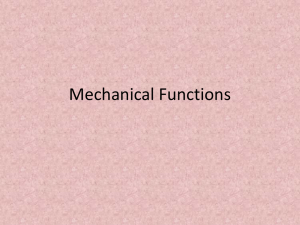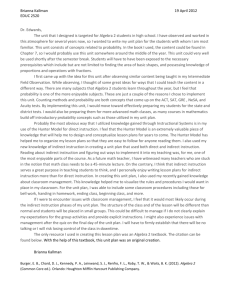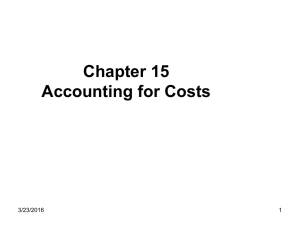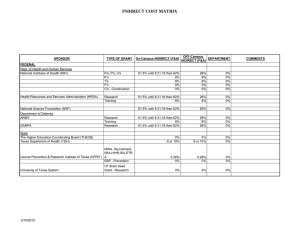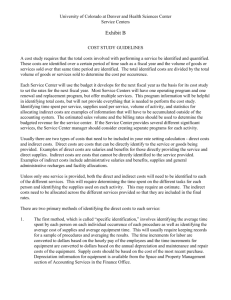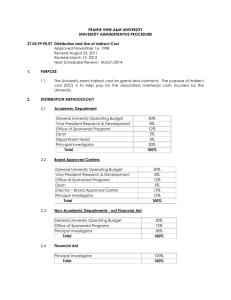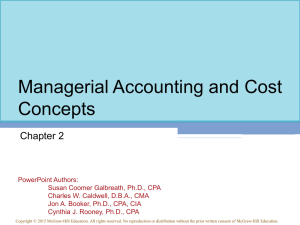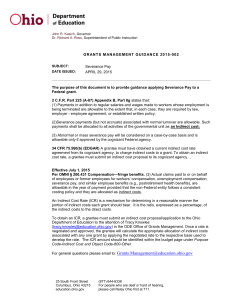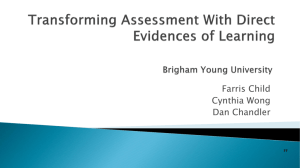Error Correction in Students` Texts
advertisement
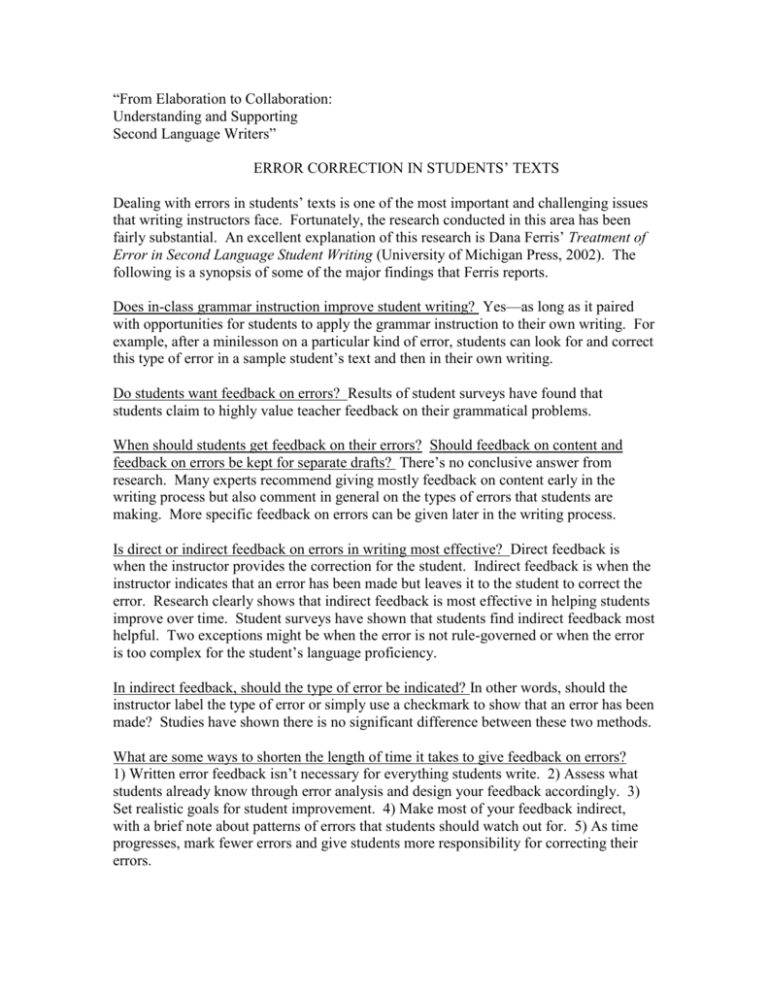
“From Elaboration to Collaboration: Understanding and Supporting Second Language Writers” ERROR CORRECTION IN STUDENTS’ TEXTS Dealing with errors in students’ texts is one of the most important and challenging issues that writing instructors face. Fortunately, the research conducted in this area has been fairly substantial. An excellent explanation of this research is Dana Ferris’ Treatment of Error in Second Language Student Writing (University of Michigan Press, 2002). The following is a synopsis of some of the major findings that Ferris reports. Does in-class grammar instruction improve student writing? Yes—as long as it paired with opportunities for students to apply the grammar instruction to their own writing. For example, after a minilesson on a particular kind of error, students can look for and correct this type of error in a sample student’s text and then in their own writing. Do students want feedback on errors? Results of student surveys have found that students claim to highly value teacher feedback on their grammatical problems. When should students get feedback on their errors? Should feedback on content and feedback on errors be kept for separate drafts? There’s no conclusive answer from research. Many experts recommend giving mostly feedback on content early in the writing process but also comment in general on the types of errors that students are making. More specific feedback on errors can be given later in the writing process. Is direct or indirect feedback on errors in writing most effective? Direct feedback is when the instructor provides the correction for the student. Indirect feedback is when the instructor indicates that an error has been made but leaves it to the student to correct the error. Research clearly shows that indirect feedback is most effective in helping students improve over time. Student surveys have shown that students find indirect feedback most helpful. Two exceptions might be when the error is not rule-governed or when the error is too complex for the student’s language proficiency. In indirect feedback, should the type of error be indicated? In other words, should the instructor label the type of error or simply use a checkmark to show that an error has been made? Studies have shown there is no significant difference between these two methods. What are some ways to shorten the length of time it takes to give feedback on errors? 1) Written error feedback isn’t necessary for everything students write. 2) Assess what students already know through error analysis and design your feedback accordingly. 3) Set realistic goals for student improvement. 4) Make most of your feedback indirect, with a brief note about patterns of errors that students should watch out for. 5) As time progresses, mark fewer errors and give students more responsibility for correcting their errors.







